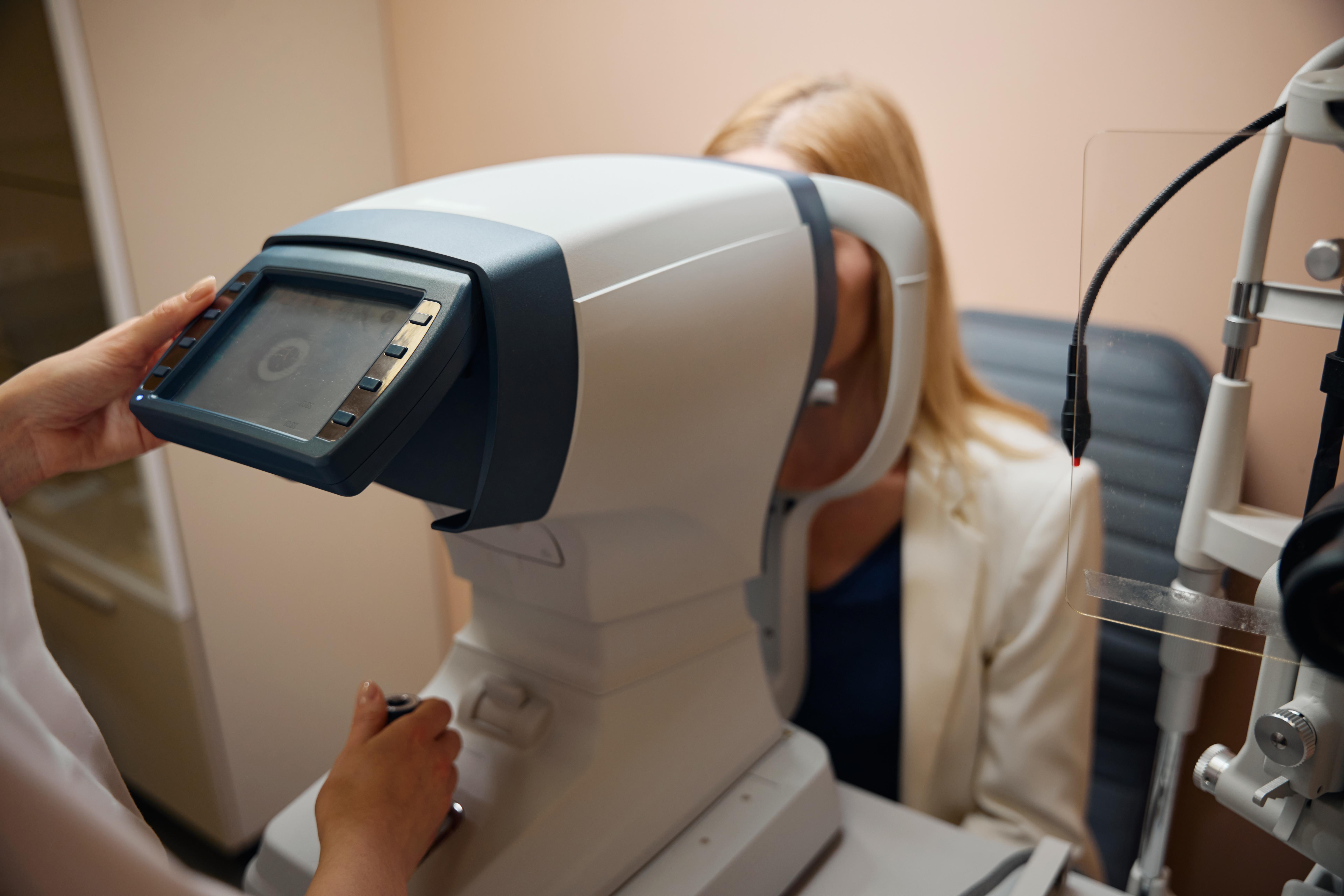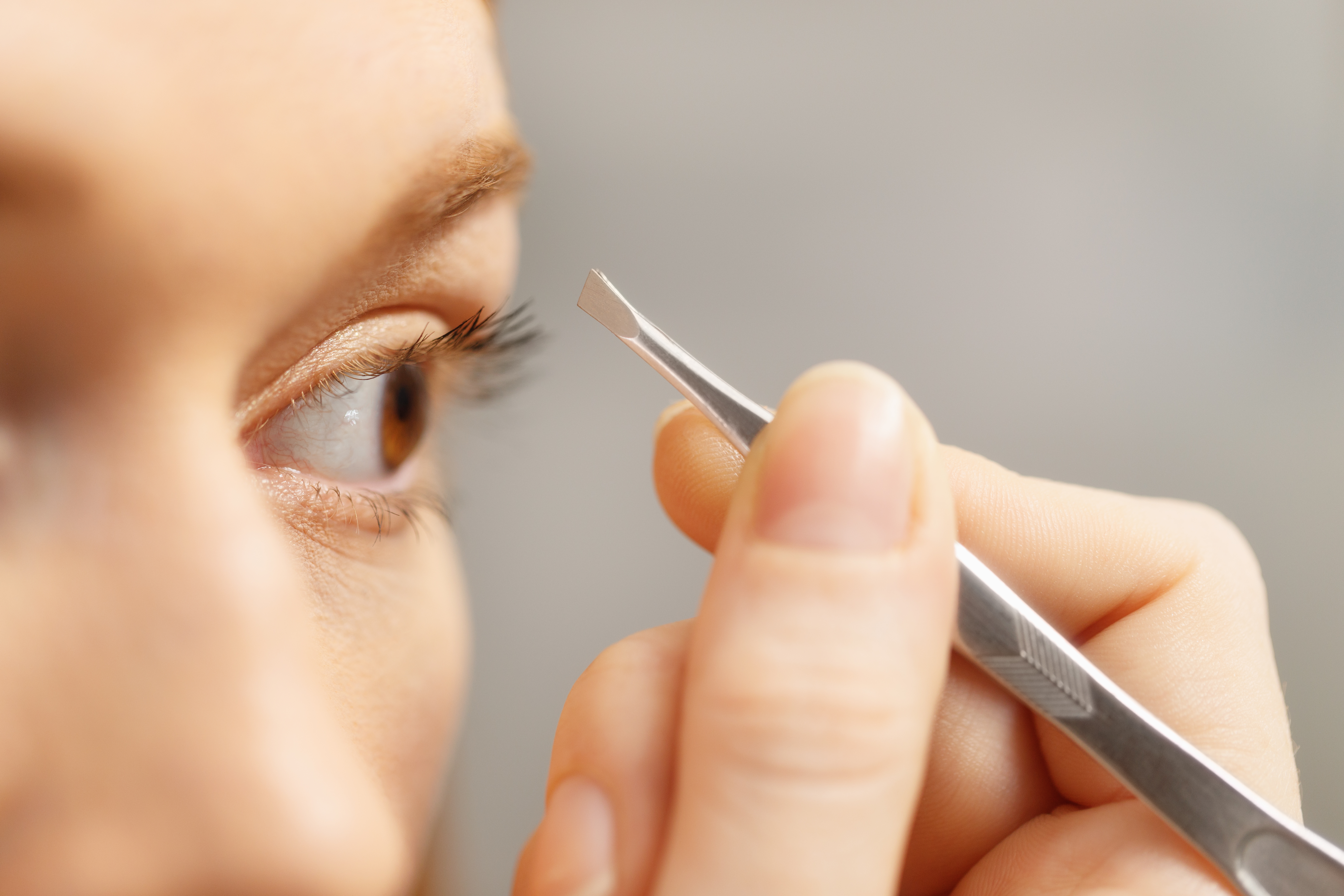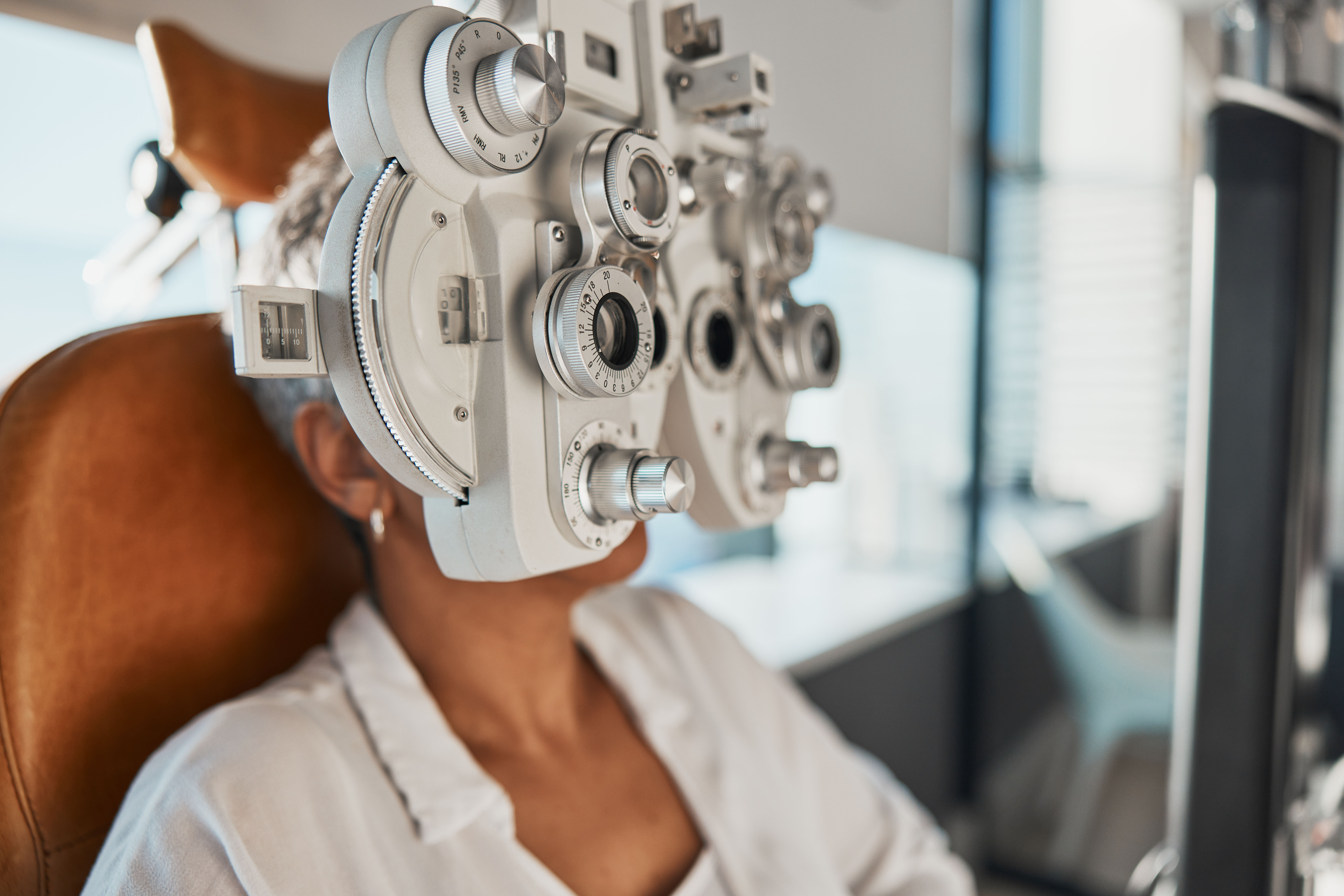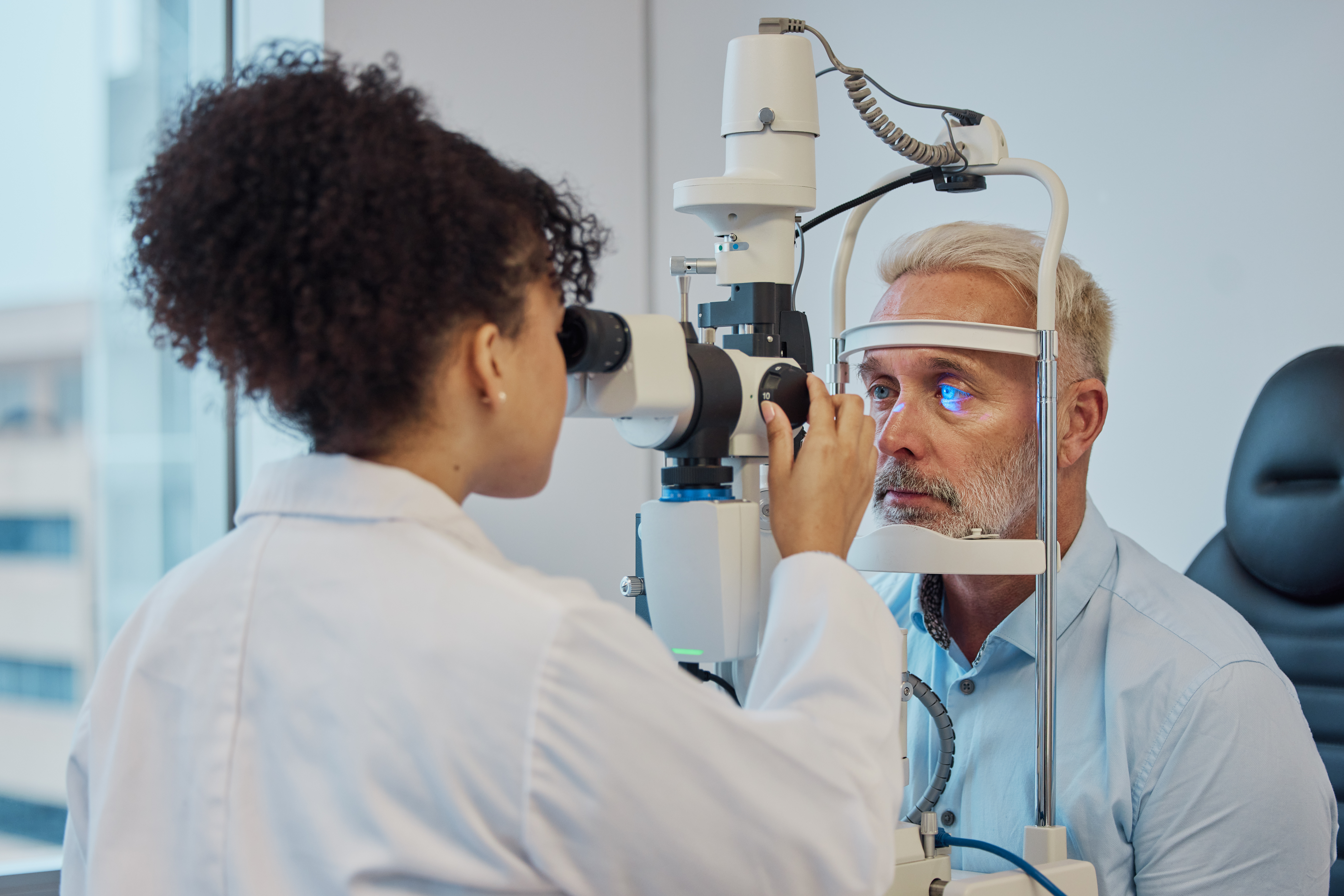10 Reasons Your Eyelid is Turning Inward: Uncovering the Causes of Entropion
Imagine your eyelid, designed to shield your eye, suddenly deciding to turn inwards. This is the unsettling reality of entropion, a condition where eyelashes and skin begin to chafe against the eye's delicate surface with every blink, leading to a cascade of discomfort, irritation, and potentially serious issues. Whether it's a frustrating quirk that only happens when you squeeze your eyes shut or a constant, painful battle, untreated entropion can damage your cornea, invite infections, and even affect your vision. But what triggers this peculiar inward turn? We're about to delve into 10 key causes that can lead to entropion, offering crucial insights to help you understand and potentially prevent this troublesome eye condition.
1. Trachoma

While trachoma, a type of bacterial infection that affects the eyes, is somewhat rare in developed nations, millions of individuals around the world suffer from it. This condition is among the leading causes of blindness across the world, which is why entropion may be the less severe symptom patients suffer from if affected by trachoma. This condition is actually contagious through contact with the other individual's eyelids, eyes, or nasal secretions. The initial symptoms of trachoma include slight irritation and itching along eyes and eyelids. Once the infection begins to worsen in severity, patients may experience entropion as well as issues where the eyelids become swollen. Early treatment can stave off most health complications. Younger children are more susceptible to trachoma than other age groups, which is something to keep in mind. There are five separate stages of development for trachoma, which extend from follicular inflammation to corneal clouding. The symptoms patients experience will be most severe in the upper eyelid. If the condition isn't treated early enough, it's possible patients will suffer from blindness.
2. Skin Scarring

The presence of skin scarring can also be a contributing factor to whether or not individuals develop entropion. If scarring is located in a certain area around the eye, it's possible it can cause the eyelid to curve inwards. The skin scarring individuals suffer from can be the result of everything from surgery and trauma to chemical burns and radiation that have affected the face. When the skin becomes injured, the body will automatically start repairing the damage. If the injury is too deep, it's possible the healing process won't be as simple and straightforward as some might like. In order to repair the type of damage that extends lower than the first layer of skin, the body will create a thicker layer of skin on the top, which becomes a scar. Smaller scars usually don't create many issues and can even blend into the surrounding skin depending on where they are located. However, a poor location for a scar can create a wide range of appearance or health issues. If an individual has been injured around their eye, the healing of this injury may result in a scar that pulls on the eyelid and causes it to curve inwards. A new scar will appear pinkish or reddish at first, but will eventually blend well into the individual's natural skin color.
3. Muscle Weakness

Muscle weakness is by far the most common cause for entropion and will oftentimes occur naturally as individuals age. When a person becomes older, they will invariably experience looser skin around the eyelids. The tendons and ligaments in the area will also become more relaxed and stretched. The muscles located under the eyes will weaken with age, which means it's possible for entropion to occur as a result. While there can sometimes be an underlying health issue that has caused muscle weakness to develop in the body, any muscle weakness surrounding the eye is usually caused by aging. This weakness can also occur as the result of a wide range of different types of conditions and diseases such as myasthenia gravis or polymyositis.
4. Eye Inflammation Or Dryness

Standard eye inflammation or dryness may also bring about entropion under the right conditions. When the eye becomes irritated because of this dryness or inflammation, patients will likely find themselves squeezing their eyes shut or rubbing them constantly to relieve their symptoms. However, these actions can exacerbate the problem and cause patients to also experience entropion. When individuals squeeze their eyes shut too often or rub them too much, it's possible the eyelid muscles will spasm. This spams could cause the edge of the upper eyelid to roll inward. Whether individuals duffer from eye dryness or inflammation, they'll want to have this underlying condition treated if they want to feel relief from entropion.
5. Extra Fold Of Skin On The Eyelid

There are times when the presence of entropion could be due to a congenital defect that has created an extra fold of skin on the eyelid. While some congenital defects are serious and can cause an array of complications, this defect doesn't create too many problems but should be looked at by a doctor soon after the child has been born. Once the child is old enough, they may be able to obtain a surgery that will correct the problem and eliminate entropion. The main surgical procedures used to get rid of the extra fold of skin on the eyelid include a brow lift surgery and a blepharoplasty, both of which are considered highly successful surgeries. Other than a mild case of entropion, the extra fold of skin shouldn't lead to many complications before it's treated.
6. Neurological Mischief: When Facial Nerves Go Rogue

Imagine your own facial muscles staging an involuntary coup, causing your eyelid to turn inwards. Conditions like blepharospasm or hemifacial spasm involve abnormal and excessive nerve signals that trigger forceful, repeated contractions of the muscles around your eye, particularly the orbicularis oculi. Over time, this relentless, overpowering muscle activity can literally pull the eyelid margin inward, forcing your lashes against the delicate cornea. This isn't about simple muscle weakness; it's an overactive neurological drive creating a constant tug-of-war that the eyelid's structure eventually loses, resulting in the persistent irritation and discomfort of entropion.
7. Autoimmune Betrayal: Ocular Cicatricial Pemphigoid

In a cruel twist of biology, sometimes the body's immune system mistakenly attacks its own healthy tissues. Ocular Cicatricial Pemphigoid (OCP) is a rare, chronic autoimmune disease that targets mucous membranes, including the conjunctiva lining your eyelids and eye. This sustained internal assault causes progressive inflammation and deep scarring within the eyelid. As this internal scar tissue contracts over months or years, it inexorably drags the eyelid margin inwards. This type of entropion is particularly challenging as it stems from an ongoing systemic disease requiring specialized medical care to manage both the entropion and the underlying autoimmune attack.
8. The Aftermath of Severe Eye Allergies or Chronic Irritants

While temporary inflammation can cause issues, imagine years of intense, chronic allergic reactions or constant exposure to environmental irritants. This prolonged state of ocular distress can lead to more than just itching. Patients often vigorously rub their eyes for relief over extended periods. This chronic mechanical trauma, combined with persistent inflammation, can gradually weaken the eyelid's supporting structures (like the tarsal plate and canthal tendons) and even induce subtle scarring. Over time, this cumulative damage can destabilize the eyelid margin, causing it to lose its normal position and eventually roll inwards, a slow burn leading to entropion.
9. Complications from Previous Eyelid Surgeries (Iatrogenic Entropion)

While eyelid surgery often aims to improve function or appearance, it can, in some instances, inadvertently lead to entropion. This isn't always due to visible external scarring. For example, if too much tissue is removed during a lower eyelid blepharoplasty, or if internal sutures from a ptosis repair create abnormal tension, the delicate balance of forces that keep the eyelid correctly positioned can be disrupted. Excessive internal scarring post-surgery, even if the external incision heals well, can also exert an inward pull. This highlights the intricate nature of eyelid anatomy and the importance of precise surgical technique.
10. Developmental Anomalies: Congenital Tarsal Kink or Retractor Dysgenesis

Beyond a simple extra skin fold in newborns (epiblepharon), other more complex congenital structural problems can cause entropion from birth or early infancy. Conditions like a "tarsal kink," where the eyelid's firm supportive plate (tarsus) is abnormally bent or folded, or "retractor dysgenesis," where the muscles responsible for pulling the lower eyelid down and outwards are improperly developed or attached, can lead to an inherent inward rotation of the eyelid margin. These are fundamental architectural issues within the eyelid's core structure, often requiring specialized pediatric ophthalmic surgical intervention to re-establish normal anatomy.
Entropion Unraveled: Seeking Solutions, Protecting Sight

This diverse range of potential triggers underscores a critical point: understanding the specific underlying cause of entropion in each case is paramount for effective management. Given that an untreated inwardly turned eyelid can lead to persistent discomfort, corneal abrasions, infections, and potentially irreversible vision loss, recognizing these varied origins is not just an academic exercise. If you are experiencing symptoms suggestive of entropion, the most important step is to consult with an eye care professional. A thorough examination can help pinpoint the exact cause, paving the way for targeted treatments—be it lubricating ointments, addressing an underlying issue, or a corrective surgical procedure—ultimately offering relief, preventing serious damage, and protecting your invaluable sight. While the causes are many, so too are the avenues for effective intervention and care.
